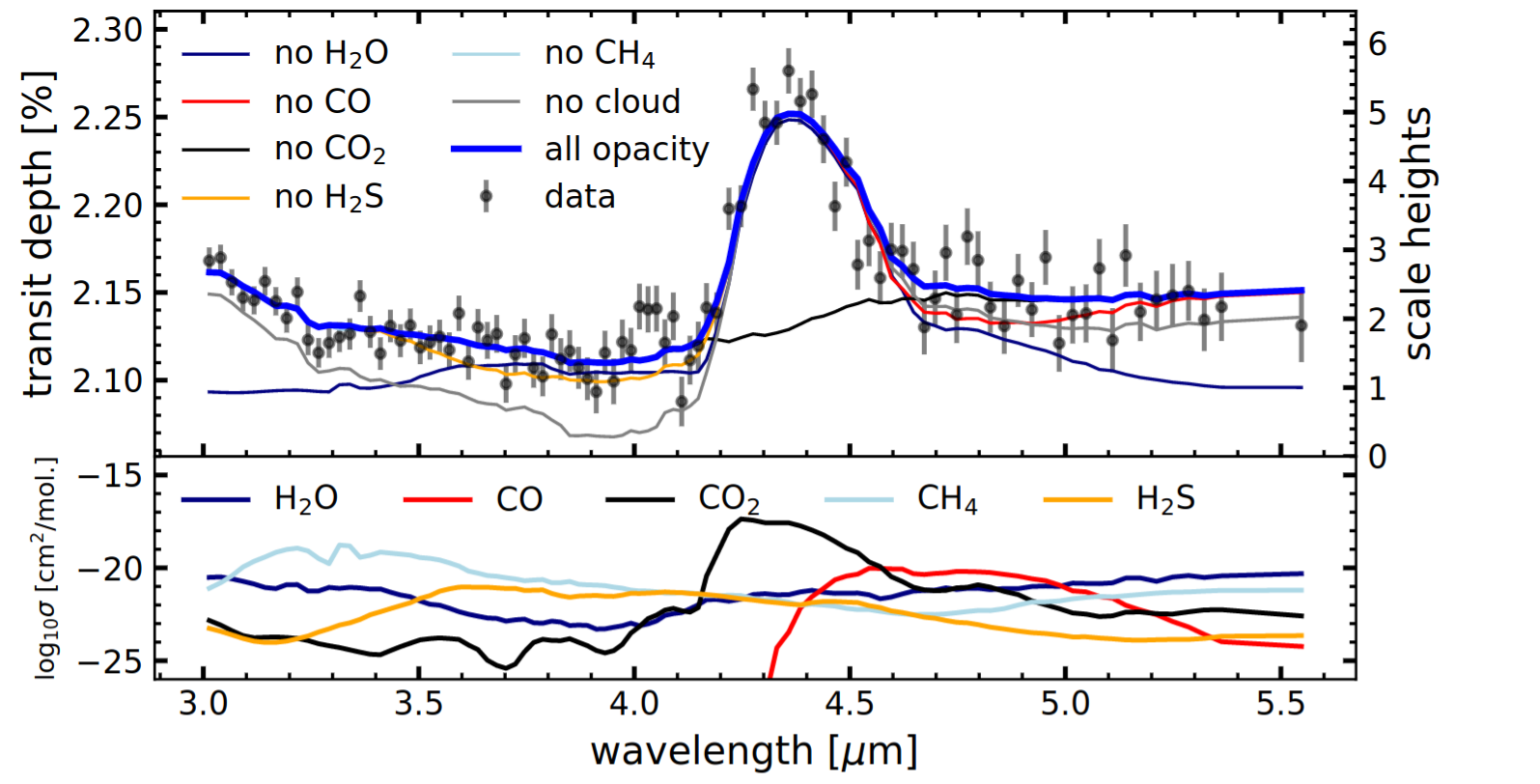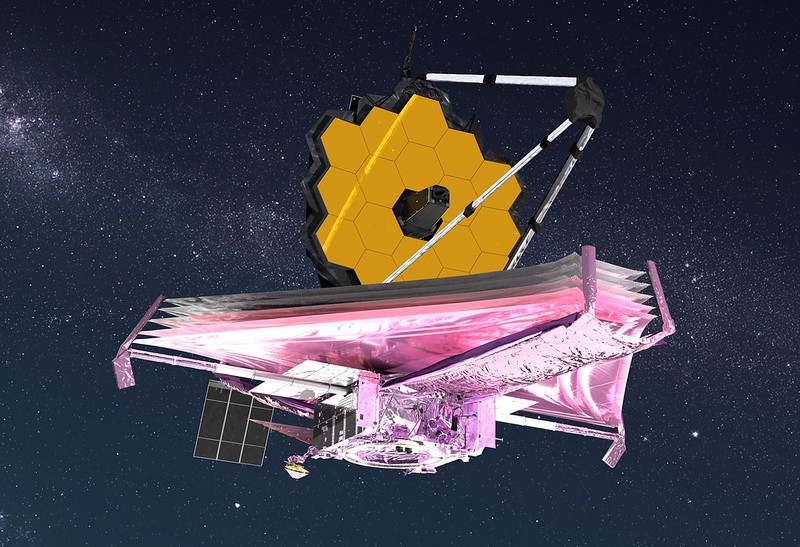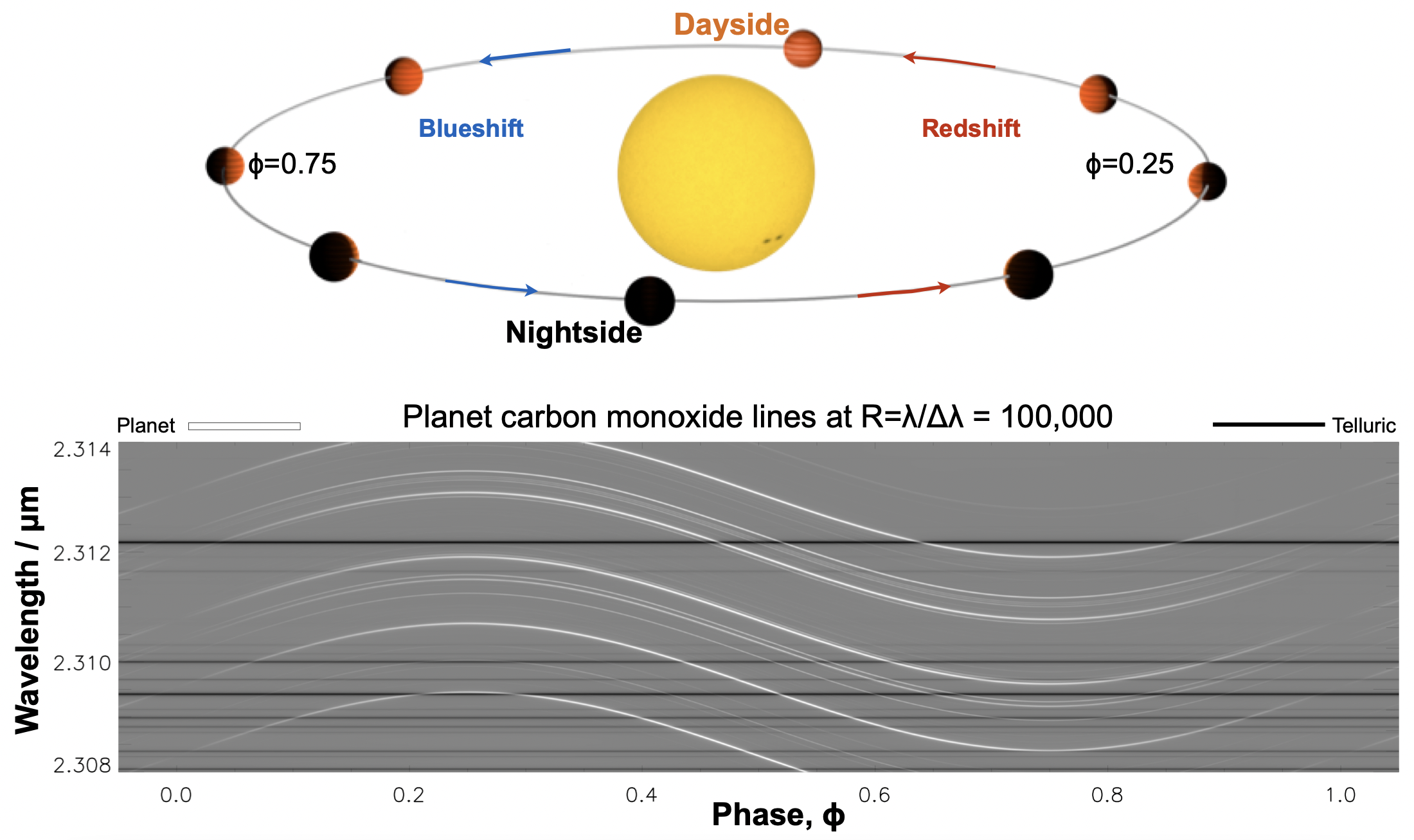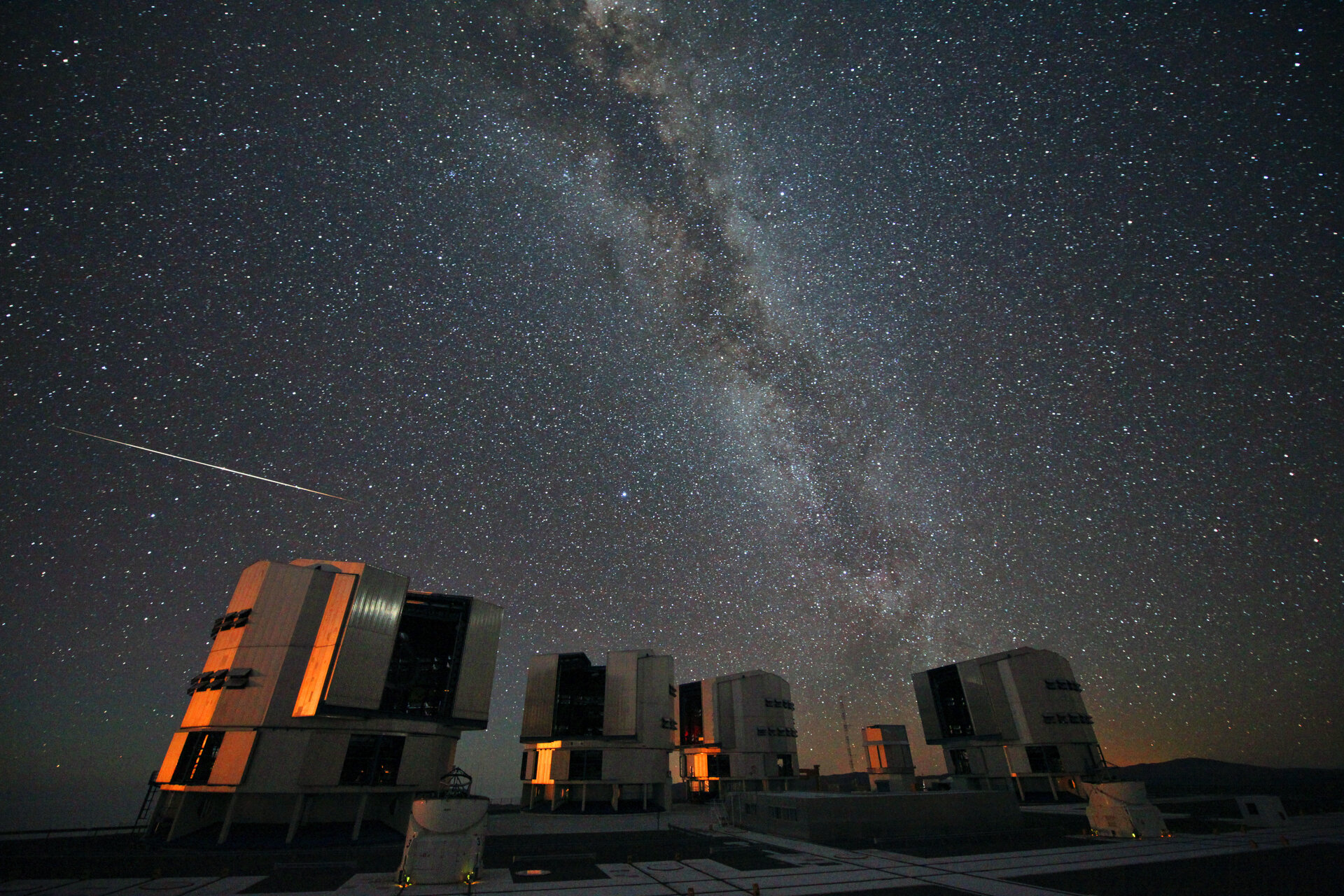My research is focused on answering some of the fundamental questions in exoplanetary science. These include:
-
How do planets form, migrate and evolve?
-
How diverse are atmospheric processes on exoplanets?
-
How unique is the Solar System in an exoplanet context?
-
How common are habitable/Earth-like planets?
Here, you can find some of the research areas which I am actively involved in, such as directly-imaged exoplanets, transiting exoplanets and multi-dimensional atmospheric modelling. You can also find a list of my publications here. Feel free to get in touch if you’d like to know more about these or other projects I am involved in!
Low- vs High-Resolution Spectroscopy
We can observe exoplanet atmospheres from both space, through facilities such as JWST, as well as the ground, from facilities such as the VLT. These two methods generally have quite different ways of observing, with space-based telescopes generally offering lower spectral resolution but being unobstructed by the Earth’s atmosphere. This can make detecting species common to the Earth, such as H2O and CO2, easier to detect with JWST (See Figure below).

JWST et al., Nature, 614, 7949 (2022)

credit: nasa.gov
On the other hand, ground-based facilities typically are much larger and can therefore observe at higher spectral resolutions. The spectral resolution can reach R~100,000 or even more, where we are able to observe the planetary spectrum in such detail that we can track its Doppler shift as it rotates around its star. This allows for high-precision constraints on numerous chemical species in the atmosphere, which are clearly and unambiguously detected.

Birkby, Handbook of Exoplanets (2018)

credit: esa.int